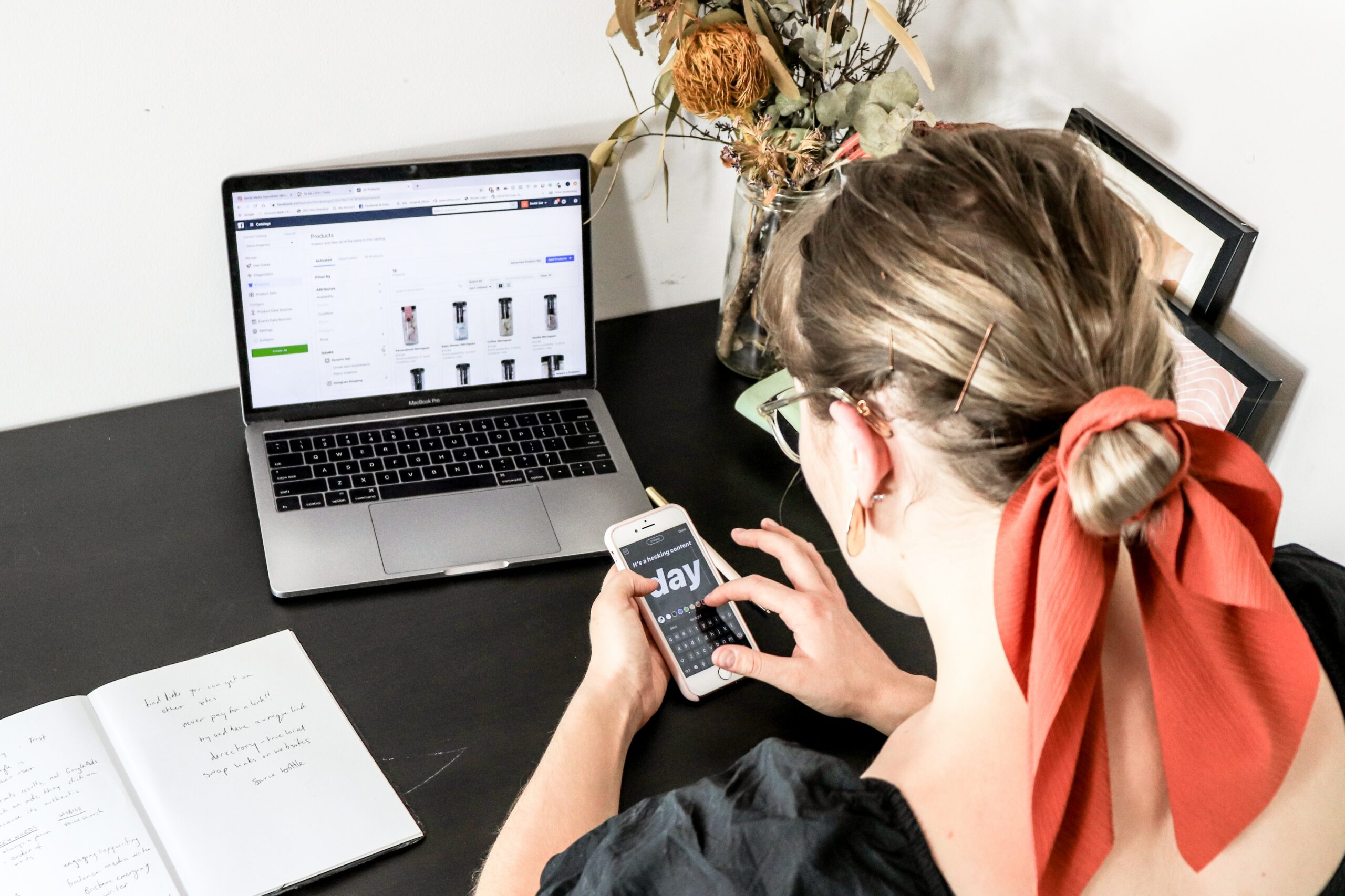
If you’re tired of wondering how to find Amazon Seller ID information, this post is for you! We’ll also go over what it is and how to protect it. We’ve also identified a couple of common issues you might encounter, so we’ll talk about how to deal with them.
What Is an Amazon Seller ID?
A Seller ID on Amazon is an important identification code. This string of letters and numbers is unique to each Amazon Seller. This ID, also called a Merchant ID, is one way that Amazon can distinguish among its third-party sellers. This means that you need your Seller ID to access Amazon’s extensive Marketplace Web Service (MWS, which will be discontinued in March 2024). You also need it to generate special URLs for your products on the Amazon marketplace.
Seller ID vs Marketplace ID vs other related Amazon identifiers
An Amazon Marketplace ID basically indicates what country a storefront is selling in. In other words, they identify the Amazon Business marketplace in a request. They are now known as Amazon Business store IDs. These ID are not unique to sellers, but each country has a different ID. For example, Canada and the United States of America are in the same Amazon marketplace, called the North America marketplace. Still, Canada has a Marketplace ID different from the US ID.
Step-by-Step Guide to Finding Your Seller ID

Seller IDs are no secret. In fact, anyone can see them. This isn’t dangerous at all, by the way, so don’t worry! Still, as public as they are, you may not know how to find Amazon Seller ID information. Below are two easy ways to access your Seller ID.
Method 1. Locating your ID in Seller Central
If you’re logged into your Amazon Seller Central account, you can easily navigate to your Seller ID. Just go to the Account Settings tab. You will see a gear icon in the upper right-hand corner of your browser window. When you click that, you will see an option called “Account Info.” When you click on that, a page will open with a bunch of information. Look for the section called “Business Information.” This is where you will see your Merchant Token. This is just another name for your Seller ID.
Method 2. Copying your ID from your storefront
Even logged out of Seller Central, you can find your Seller ID in a few simple steps.
If you know your storefront URL, then you can simply copy the Seller ID from the URL. It’s the alphanumeric string after the “me=”. After this comes your marketplace ID, which is indicated by the “marketplaceID=”. If you don’t have that link, you can navigate there from any one of your product listings. This is the fastest way to find your ID. On the product listing page, click on the “sold by” link. That will take you to a page where it says you can visit the storefront. Click on that link and it will take you to your storefront page.
You might also be able to see your ID in the URL of any one of your product listings.
Of course, you can also find your storefront URL from within Seller Central. That would be doing it the long and hard way, though.
Protecting Your Amazon Seller Account
Your Seller ID is public, so you can’t really protect it, nor do you really need to. A hacker or other malicious actor will need more than this to do any damage. What you need to protect is access to your account, and your identity verification documents. These are what a hacker would need to fool Amazon into giving them access to your Amazon account.
Best practices for security
First, you must always use a strong password. Part of this is changing it ever few months. And this doesn’t mean just adding on a couple of characters then changing a couple other ones next time. You need to generate a new and different, random string every time to really be secure.
Second, you should really set up 2-step verification. You might think this is just a hassle, but it does help a lot. It’s a lot better to do this than to try and clean up after a hacker has come through.
Remember that no one from Amazon will ever ask you for sensitive information to run a verification. They do this when you register your account and every time you log into Seller Central. So, what do you do if you get a random email asking for information that could compromise your account? Contact Amazon to report the suspicious activity. Don’t just ignore it. They need the data to help them prevent similar fraudulent activity in the future. All of this protects you, so the more you can participate, the better.
Understanding Amazon’s policies on sharing Seller IDs
Each seller must have their own Amazon Seller Account. This means that each seller will have a unique Amazon Seller ID. Two people cannot use the same account or ID. If two sellers live at the same address, Amazon might allow two accounts. That is, if each person has a separate and unique business entity, email address, taxpayer identification number, and credit card account. In any case, however, two people selling through the same account is not allowed.
Troubleshooting Common Issues

What to do if you can’t find your Seller ID
One of the above solutions should work for you. However, if you still can’t find your Seller ID, you can contact Amazon. Just use the Help feature from within your Seller central account to open a ticket. Let them know that you have tried the above methods and cannot locate your Merchant ID or Merchant token.
Resolving errors related to Seller ID
Some sellers have come across Seller ID issues from time to time. For example, a certain web application company reported that some sellers had the same Seller IDs. This was not because they were sharing an account, either. Sellers on the North America marketplace and the Australian region (Asia-Pacific marketplace) just happened to have the same IDs. If you notice a similar glitch, make sure you report it to Amazon. No two sellers should ever have the same Seller IDs.
Conversely, even if one seller sells in different regions, their Seller ID will not change. If you come across a glitch where you have a separate Seller ID for, say, the US (North America marketplace) and Germany (Europe marketplace), report it top Amazon. You will be much better off if you report it yourself rather than waiting for Amazon to spot the error. You might get blamed for it if you keep quiet about it.
Frequently Asked Questions
Can customers see my Amazon Seller ID?
Yes, if a customer goes to your storefront, they can see your Seller ID. Sometimes, a seller’s ID can also appear on their product detail pages. It’s not obvious, but if a customer knows what they’re doing, they can find it.
How can I change my Seller ID?
The only way to change your Seller ID is if you close your Amazon account and open a new one. This is not a simple process, however. Amazon will always check to see if you have had an account in the past, and ask questions about it. You pretty much have to open a new business to open another Amazon account. That’s a lot of trouble for a new Seller ID. If you have a good reason for wanting a new one, you can bring the issue up to Amazon. They may be able to help you out if you have special circumstances.
Is the Seller ID the same for all marketplaces?
Yes, no matter which marketplace you sell on, you will have the same Seller ID. This is also true even if you sell on multiple marketplaces.
Can two Amazon sellers have the same Seller ID?
It has, apparently happened, but it isn’t supposed to be that way. Technically, no two sellers are supposed to have the same Seller ID.
What Is EcomBalance?

EcomBalance is a monthly bookkeeping service specialized for eCommerce companies selling on Amazon, Shopify, Ebay, Etsy, WooCommerce, & other eCommerce channels.
We take monthly bookkeeping off your plate and deliver you your financial statements by the 15th or 20th of each month.
You’ll have your Profit and Loss Statement, Balance Sheet, and Cash Flow Statement ready for analysis each month so you and your business partners can make better business decisions.
Interested in learning more? Schedule a call with our CEO, Nathan Hirsch.
And here’s some free resources:
- Monthly Finance Meeting Agenda
- 9 Steps to Master Your Ecommerce Bookkeeping Checklist
- The Ultimate Guide on Finding an Ecommerce Virtual Bookkeeping Service
- 6 Reasons Accurate Ecommerce Accounting is Crucial for Your Business
- Accounting Basics 101: What Small Business Owners Must Know
- Generally Accepted Accounting Principles (GAAP) Cheat Sheet
- How to Read a Balance Sheet & Truly Understand It
Final Thoughts
We hope that this has cleared up the basic questions about your Seller ID for the Amazon marketplace. We didn’t get into using your Seller ID to sign up for other Amazon services. We may do that in the future, though, so be sure to check back!








